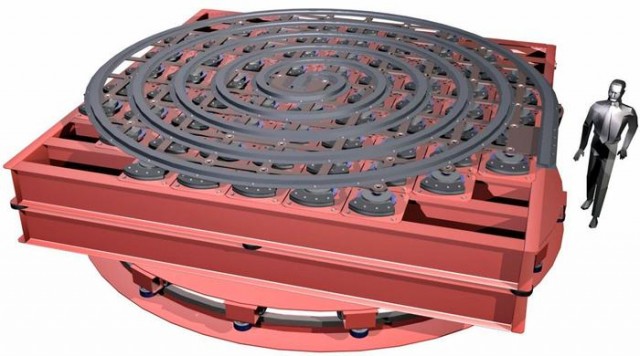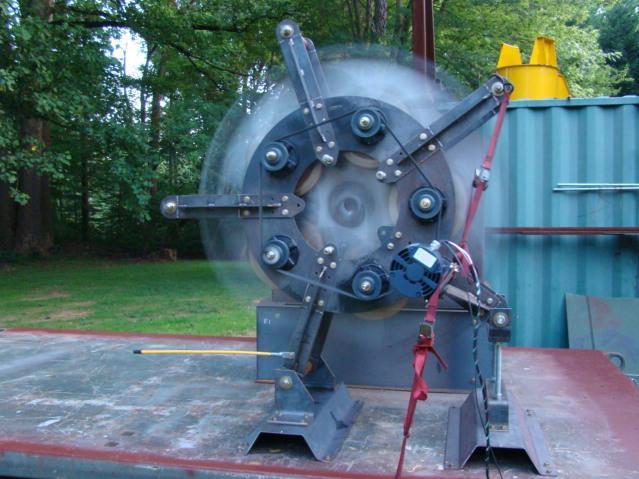Slingatron project: launch payloads into space without using rocket engines

Rocket engines since the beginning of the exploration of space was the Foundation of the space program, but they were not the only way that has been tried in this way. With the 50-ies of the last century, the us government has tested several ideas in this direction, from the space gun, the tests which took place in the 1960s, to the ideas of using starting loop and the space Elevator. When trying to implement most of these ideas faced considerable technical difficulties or have been delayed for political reasons. But one team of scientists, hoping for the help of Kickstarter, hopes to reach those goals that proved too tough for government agencies.
The idea of the project, Slingatron, like many other ideas, it is theoretically workable. The idea is simple: rotating an object around a fixed point — the easiest way to reach a high speed without excessive power consumption. There are two ways to build a classic slingatron: you can vary the speed by holding the path length unchanged, or you can change the length of the path, but keep the rotation speed constant. In both cases, the "thread" to run will be broken long before the ball reaches the first cosmic speed.
The idea of slingatron simple – not to promote the very "thread" and rotate the entire launch pad. Hard enough to explain it, but the analogy can help us in this case. Imagine that you want to stir a Cup of coffee. You can do this with the help of a spoon or rotate very quickly also Cup. Centrifugal force will spin the liquid around the walls of the Cup, carefully mixing coffee with minimal use of energy.
The company HyperV Technologies Corp who wants to raise money for the project through Kickstarter, has already built a prototype, which they claim, has launched a projectile weighing about 200 grams at a speed of 100 meters per second. The purpose of the study is not to create a full-size model of slingatron and demonstrator that could launch a projectile weighing 400 grams at a speed of 1 km per second. Although this speed is not enough to launch a projectile into orbit, but it will be a significant step forward for research in the future.

We should not expect too much from this project, even in the case of its successful implementation. Unlike rocket ships, slingatron cannot be used to launch people into orbit or to launch heavy loads. But this method could be used to launch small cargo for astronauts – water, food, or equipment that does not fail due to high load at startup. But if you use missiles a considerable part of them is lost. Slingatron will not have such losses, and could throw into orbit a payload of 10 kg every day.
The team hopes to raise $250,000 and build a prototype which in the future will be able to reach a speed of 2 km/s. Prototype (if money will be collected) will be in the form of a horizontal model with a diameter of 5 meters. It will allow you to test the idea practically and give the answer whether it is possible to use such a system in real conditions with a payload.
Translation.
Source http://www.extremetech.com/extreme/162252-slingatron-project-aims-to-prototype-new-space-launch-system
Project Slingatron on Kickstarter.
Комментарии
Отправить комментарий